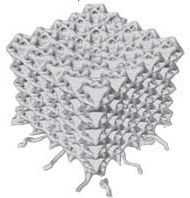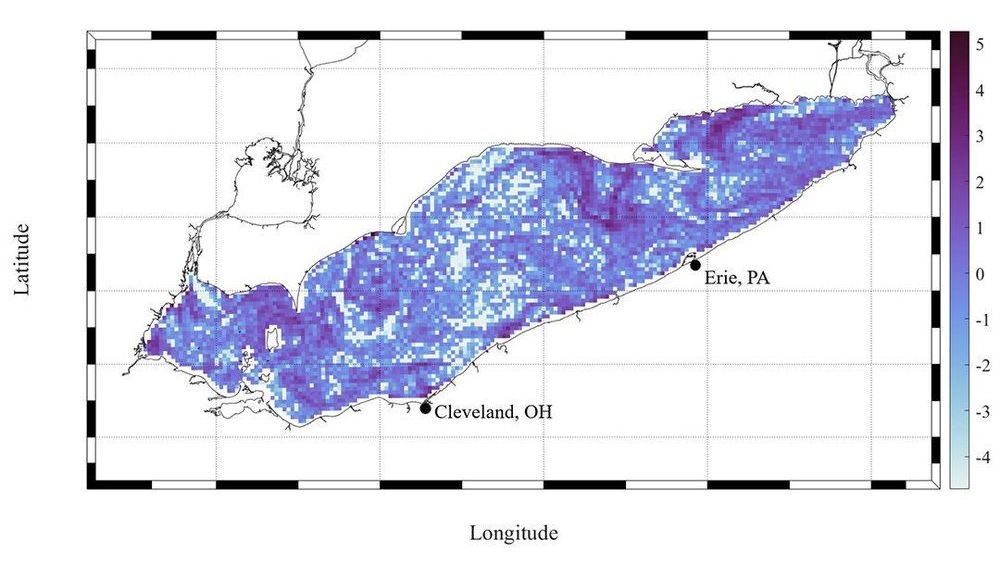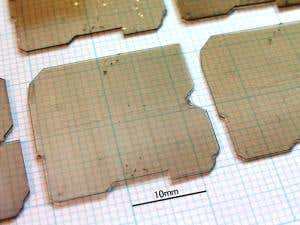May 1, 2020
Nanoarchitected metamaterial with material achieves the theoretic limits of stiffness and strength
Posted by Genevieve Klien in categories: materials, space travel
Question: When you’ve designed the world’s most efficient metamaterial, one that could change the way cars, planes and even space exploration vehicles are built, is mostly air yet reaches the theoretical bounds for stiffness and strength and can equally resist forces coming from any direction, what do you do next?
Answer: You break it.
At least, that’s what a team of material scientists including Jonathan Berger of UC Santa Barbara and Jens Bauer of UC Irvine did. Their goal? To learn what boundaries could be pushed with a novel metamaterial called plate-nanolattice. The research findings are published in a paper in the journal Nature Communications (“Plate-nanolattices at the theoretical limit of stiffness and strength”).

















